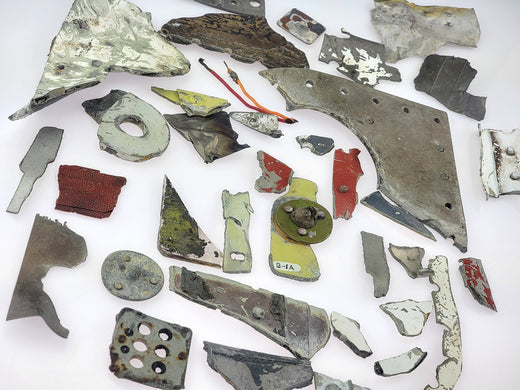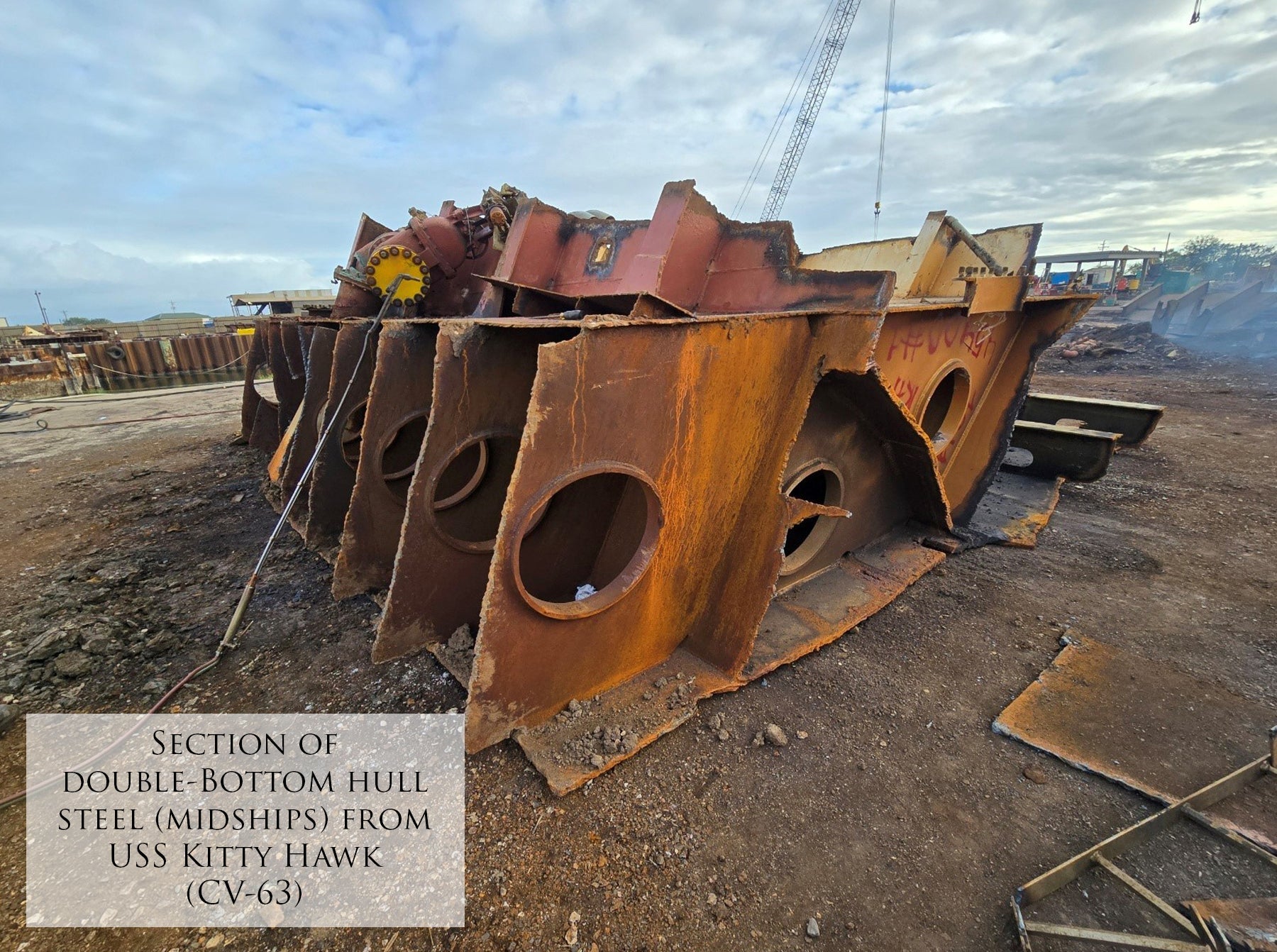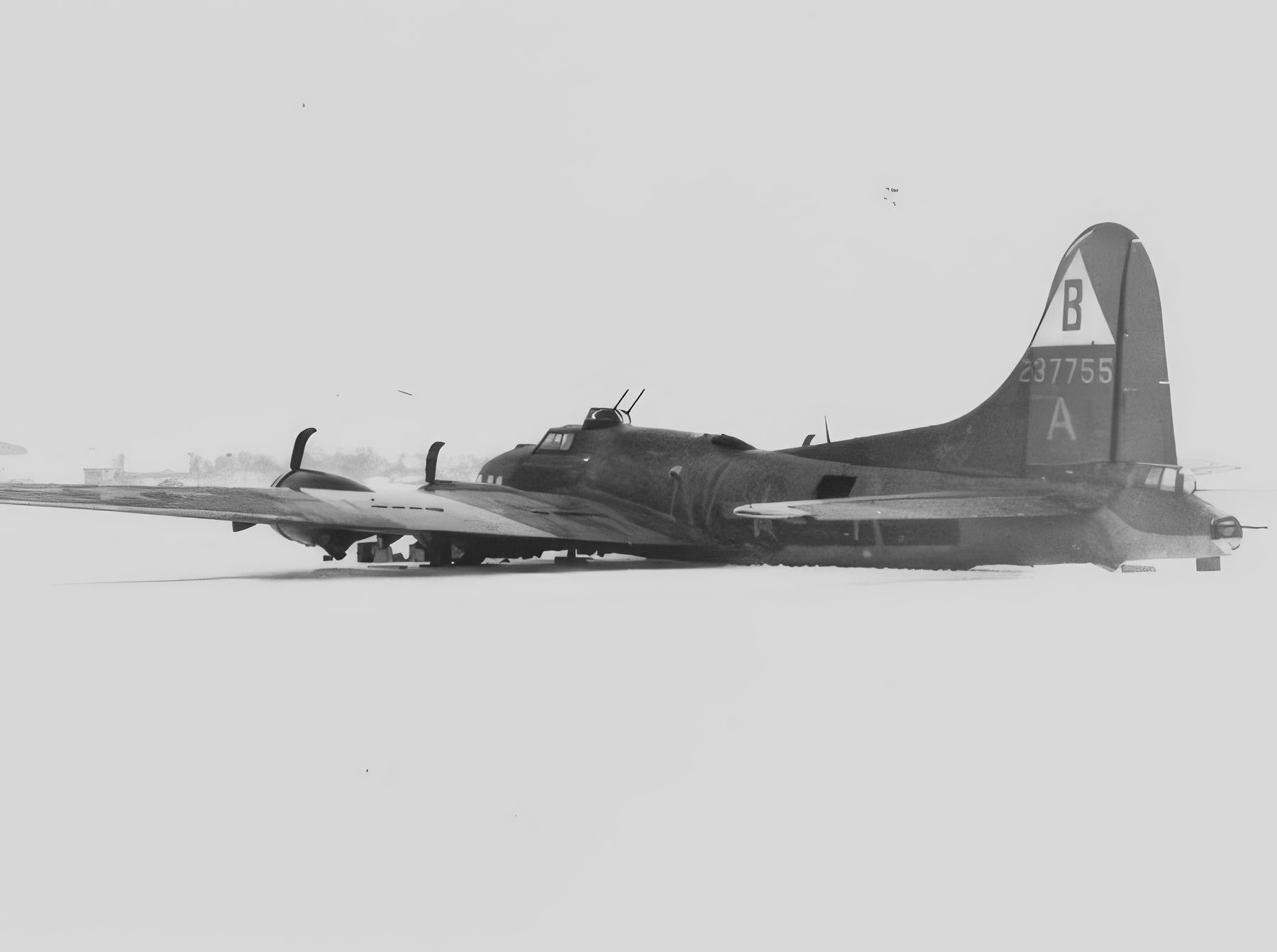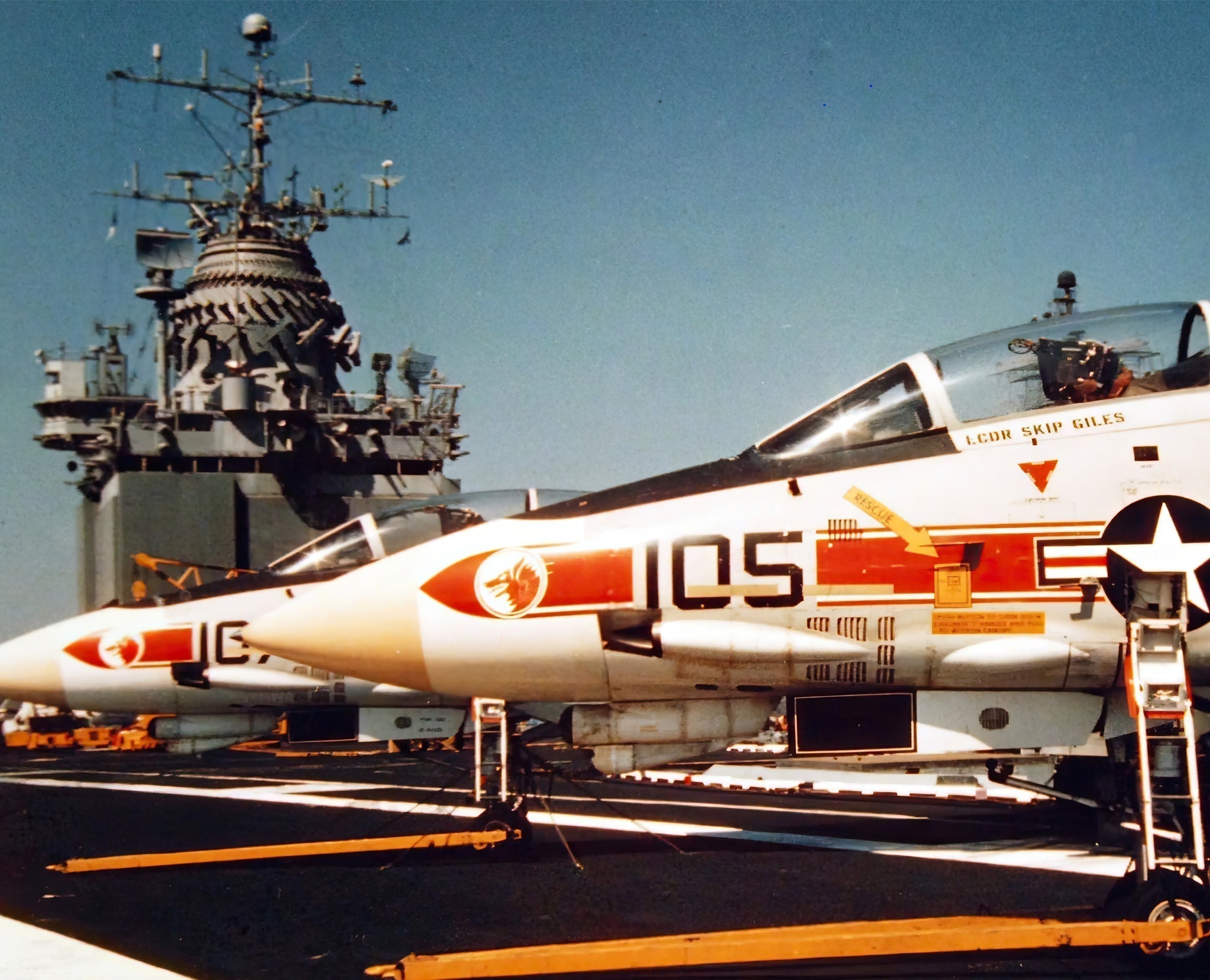This Fine Art Print by Artist Craig Tinder illustrates the initial test program of the supersonic B-1 (B-One) bomber. This Limited Edition Canvas Print includes an actual fragment of one of the four B-1A prototypes where it settled near the Air Force Flight Test Center in 1984.
Details About the RELIC:
This relic originates from the second prototype of the B-1A Lancer, serial number 74-0159. On 29 August 1984, during flight testing at the Air Force Flight Test Center at Edwards Air Force Base, a critical issue developed that led to a tragic crash. While conducting tests, the aircraft experienced an aft center of gravity situation that caused the nose to pitch up uncontrollably. The flight crew attempted to recover the aircraft, but it became irretrievable, leading to a crash 22 miles northeast of the base.
 Fragments of the B-1 Lancer used as relics in "The Bone" limited edition prints
Fragments of the B-1 Lancer used as relics in "The Bone" limited edition prints
These relics from the crash site have never been part of the broader collector's market and were sourced directly from the location by the G. Frazier collection. The B-1A Lancer program played a key role in the development of supersonic strategic bombers, with the B-1A evolving into the more widely known B-1B, which became a critical asset for the U.S. Air Force in the following decades. This piece of aviation history is a reminder of the risks taken during the advancement of military aviation technology.
 Fragments of the B-1 Lancer used as relics in "The Bone" limited edition prints
Fragments of the B-1 Lancer used as relics in "The Bone" limited edition prints
 Letter of Provenance - R.G. Frazier
Letter of Provenance - R.G. Frazier
 Relic fragment being prepared for the canvas
Relic fragment being prepared for the canvas
The Story Behind the Print:
Originally designed in the early 1970s to replace the aging fleets of B-52 Stratofortresses and B-58 Hustlers, the B-1A Lancer was intended to carry a similar weapons payload while incorporating several critical advancements. Among these improvements were the ability to take off from shorter runways, allowing for greater base flexibility, and the capacity to fly at supersonic speeds, reaching up to Mach 2.2. The aircraft’s swing-wing design provided versatility in flight dynamics, allowing it to switch between high-speed supersonic flight and slower, low-altitude penetration modes to avoid enemy radar.
However, the high cost and substantial political opposition to the program became significant obstacles. By 1977, President Jimmy Carter canceled the full-scale production of the B-1A, which had been planned to produce 244 units. Only four B-1A prototypes were completed and continued in limited testing. The decision to cancel the B-1A was largely influenced by the development of new intercontinental ballistic missiles (ICBMs) and cruise missiles, which were deemed more cost-effective solutions for the U.S. nuclear deterrent strategy.
In 1981, the program received new life when President Ronald Reagan resurrected the B-1 concept, albeit with significant modifications. The revised B-1B Lancer was slower, with a reduced top speed of Mach 1.2, but its low-altitude performance was vastly improved, making it more adept at penetrating enemy air defenses. Additionally, upgrades in stealth technology made the B-1B more difficult to detect by radar. The B-1B was designed with a lower radar cross-section and better electronic countermeasures to enhance its survivability in hostile environments.
By 1988, 100 B-1B bombers had been delivered to the United States Air Force. While it was originally conceived as a nuclear-capable bomber, the B-1B later transitioned into a conventional role, serving in multiple conflicts, including the Gulf War and the War on Terror. Its ability to carry large payloads of conventional munitions made it a versatile and invaluable asset for the U.S. military, and the B-1B continues to play an important role in modern U.S. air power.
Learn more about A High-Speed Heavyweight of the B-1 Bomber? Click Here
To purchase or see similar items, visit here.
Commissioned by Museums, Treasured by Collectors





Share:
Pioneering Space, the story behind "Space Transportation System-1"
Free Hunt Mission, the story behind "Fighter Sweep Over Kent"